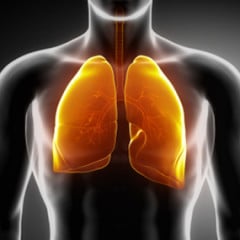Episode 68 Emergency Management of Sickle Cell Disease
A recent needs assessment completed in Toronto found that Emergency providers are undereducated when it comes to the Emergency Management of Sickle Cell Disease. This became brutally apparent to me personally, while I was researching this topic. It turns out that we’re not so great at managing these patients. Why does this matter? These are high risk patients. In fact, Sickle Cell patients are at increased risk for a whole slew of life threatening problems. One of the many reasons they are vulnerable is because people with Sickle Cell disease are functionally asplenic, so they’re more likely to suffer from serious bacterial infections like meningitis, osteomyelitis and septic arthritis. For a variety of reasons they’re also more likely than the general population to suffer from cholycystitis, priapism, leg ulcers, avascular necrosis of the hip, stroke, acute coronary syndromes, pulmonary embolism, acute renal failure, retinopathy, and even sudden exertional death. And often the presentations of some of these conditions are less typical than usual. Those of you who have been practicing long enough, know that patients with Sickle Cell Disease can sometimes present a challenge when it comes to pain management, as it’s often difficult to discern whether they’re malingering or not. It turns out that we’ve probably been under-treating Sickle Cell pain crisis pain and over-diagnosing patients as malingerers. Then there are the sometimes elusive Sickle Cell specific catastrophes that we need to be able to pick up in the ED to prevent morbidity, like Aplastic Crisis for example, where prompt recognition and swift treatment are paramount. A benign looking trivial traumatic eye injury can lead to vision threatening hyphema in Sickle Cell patients and can be easy to miss. In this episode, with the help of Dr. Richard Ward, Toronto hematologist and Sickle Cell expert, and Dr. John Foote, the Residency Program Director for the CCFP(EM) program at the University of Toronto, we’ll deliver the key concepts, pearls and pitfalls in recognizing some important sickle cell emergencies, managing pain crises, the best fluid management, appropriate use of supplemental oxygen therapy, rational use of transfusions and more...





